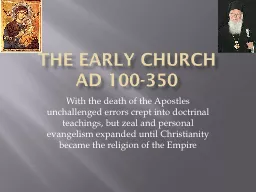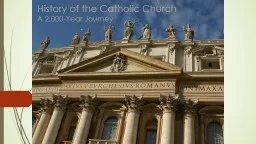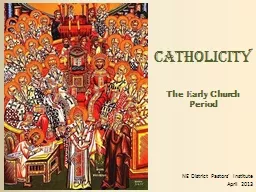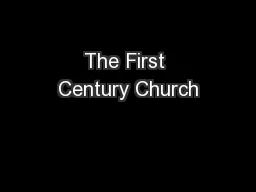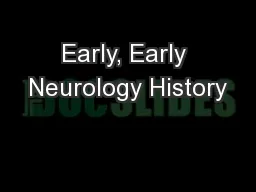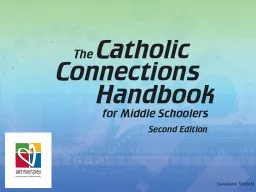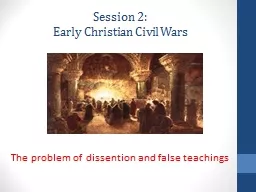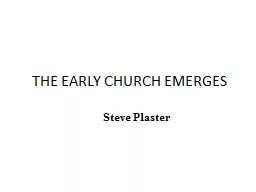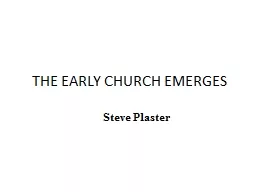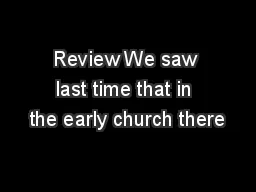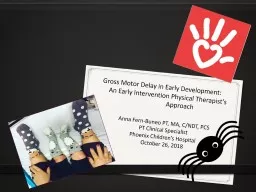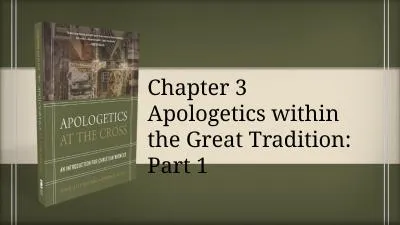PPT-The Early church
Author : danika-pritchard | Published Date : 2016-09-09
ad 100350 With the death of the Apostles unchallenged errors crept into doctrinal teachings but zeal and personal evangelism expanded until Christianity became the
Presentation Embed Code
Download Presentation
Download Presentation The PPT/PDF document "The Early church" is the property of its rightful owner. Permission is granted to download and print the materials on this website for personal, non-commercial use only, and to display it on your personal computer provided you do not modify the materials and that you retain all copyright notices contained in the materials. By downloading content from our website, you accept the terms of this agreement.
The Early church: Transcript
Download Rules Of Document
"The Early church"The content belongs to its owner. You may download and print it for personal use, without modification, and keep all copyright notices. By downloading, you agree to these terms.
Related Documents

